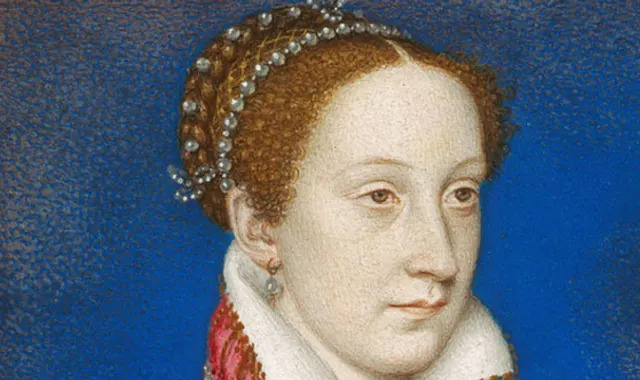Fiona Harvey Environment editor
Tue, 7 February 2023

Pollution from livestock farming, pharmaceuticals and healthcare is threatening to destroy a key pillar of modern medicine, as spills of manure and other pollution into waterways are adding to the global rise of superbugs, the UN has warned.
Animal farming is one of the key sources of strains of bacteria that have developed resistance to all forms of antibiotics, through the overuse of the medicines in farming.
Pharmaceutical pollution of waterways, from drug manufacturing plants, is also a major contributor, along with the failure to provide sanitation and control sewage around the world, and to tackle waste from healthcare facilities. Resistant superbugs can survive in untreated sewage.
The findings of the new report, published on Tuesday, show that pollution and a lack of sanitation in the developing world can no longer be regarded by the rich world as a faraway and localised problem for poor people. When superbugs emerge, they quickly spread, and threaten the health even of people in well-funded healthcare systems in the rich world.
Poor sanitation and healthcare, and a lack of regulation in animal farming, create breeding grounds for resistant bacteria, and threaten global health as a result, the UN Environment Programme found in the report. As many as 10 million people a year could be dying by 2050 as a result of antimicrobial resistance (AMR), according to the UN, making it as big a killer as cancer is today.
The rise of superbugs will also take an economic toll, resulting in the loss of about $3.4tn a year by the end of this decade, and pushing 24 million people into extreme poverty.
Inger Andersen, executive director of UNEP, said: “Pollution of air, soil and waterways undermines the human right to a clean and healthy environment. The same drivers that cause environmental degradation are worsening the antimicrobial resistance problem. The impacts of anti-microbial resistance could destroy our health and food systems.”
She called for urgent action to halt the pollution. “Cutting down pollution is a pre-requisite for another century of progress towards zero hunger and good health,” she said, at the launch of the report at the sixth meeting of the Global Leaders Group on AMR in Barbados on Tuesday.
The report found that sewage, poor sanitation, and the inadequate disposal of waste were all contributors to the problem.
Simon Clarke, microbiologist at the University of Reading, who was not involved with the report, said people often failed to recognise how big a difference antibiotic use made to modern medicine. “Because of the effectiveness of antibiotics, we have perhaps forgotten the deadly impact that many infections had in the past. The risk of doing nothing is that every injury, operation or routine trip to hospital comes with the risk of picking up a lethal infection.”
Superbugs have been associated in the past with hospital acquired infections, such as MRSA. But that was changing, warned Oliver Jones, professor of chemistry at RMIT University in Melbourne, Australia. “We tend to think of antibacterial resistance as being a problem associated with hospitals. What this report shows is that antibiotics and other medications ending up in the environment is a major factor in the spread of antibiotic resistance and something we need to pay attention to sooner rather than later,” he said.
Governments and private sector investors in the developed world should wake up to the risks and provide the resources to tackle pollution in the developing world, which would be in their own self-interest, the report suggested.
Farming must also be a key focus, added Matthew Upton, professor of medical microbiology at the University of Plymouth. “Although the situation is improving in some parts of the world, vast amounts of antimicrobials are used to treat and prevent infections in food animals. Improved husbandry and other infection prevention and control methods like vaccination should be used to reduce infections and the need for antimicrobial use, which in turn limits environmental pollution with antimicrobials, antimicrobial residues and resistant microbes. This is particularly applicable in aquaculture, which is going to be a major source of aquatic protein by 2050,” he said.
Catrin Moore, senior lecturer at St George’s, University of London, drew parallels with the failure by the UK’s water companies and government to control the widespread release of sewage into rivers and beaches. “This report reminds me that high levels of AMR could ultimately be on my doorstep, and in the water that I swim through with untreated human waste being released into local waterways,” she said. “Although the highest burden of AMR is found in low- and middle-income countries, and resistant bacteria can be spread easily – they show no respect to country borders. Ultimately if resistant pathogens are increasing in my local environment, reducing the burden of mortality and morbidity due to AMR will be an impossible task.”










